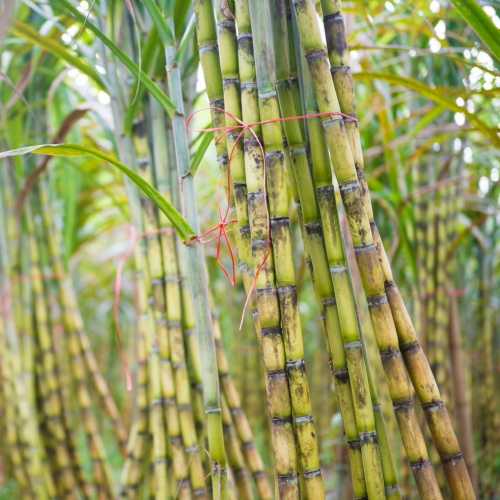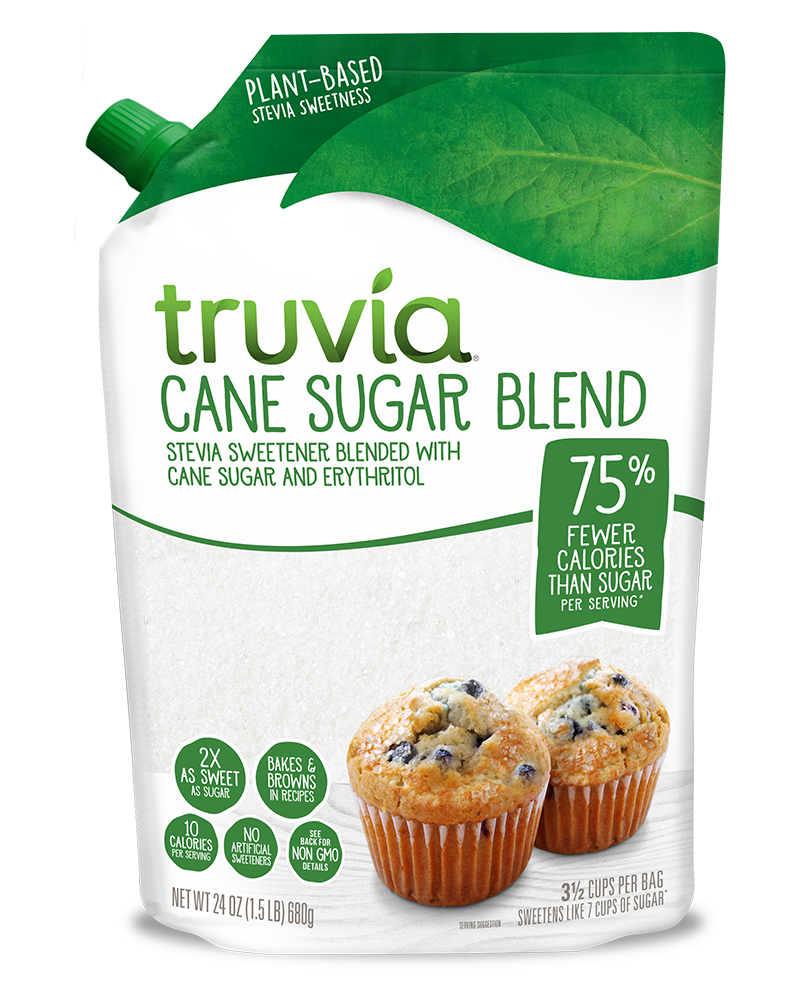Checking Out the Comprehensive Tips Entailed in Walking Stick Sugar Handling From Gathering to Refinement
The procedure of cane sugar production incorporates a series of complex steps, beginning with the mindful harvesting of sugarcane and culminating in the refinement phases that guarantee the last product satisfies sector requirements. Each stage, from the extraction of juice to the filtration and condensation processes, plays a critical role in identifying the top quality and personality of the sugar.
Harvesting Sugarcane
Collecting sugarcane is a critical step in the cane sugar handling chain, as it straight affects the quality and yield of the end product. Appropriate timing and methods are essential throughout this stage to make certain optimum sugar material and reduce losses. Normally, sugarcane is harvested when it reaches maturation, generally 12 to 18 months after growing, defined by a high sucrose concentration.

Post-harvest, the sugarcane should be processed swiftly to avoid sucrose destruction. Preferably, gathered walking stick ought to be carried to processing facilities within 24 hours to maintain sugar top quality. Consequently, effective logistical preparation is crucial to maintain the integrity of the gathered plant throughout the supply chain.
Removal Refine

The smashed walking stick undergoes a collection of pushing operations to make the most of juice healing. Typically, hot water is splashed onto the smashed cane, producing a countercurrent flow that assists dissolve the sugar while additionally assisting in the extraction process. The juice gathered from this procedure has not just sugar yet additionally various natural substances and pollutants.

To enhance extraction effectiveness, some centers might use diffusion approaches, where the sugarcane is saturated in warm water, allowing the soluble sugars to diffuse into the liquid. The resulting juice, rich in sucrose, is then directed to subsequent processing stages, laying the foundation for purification and refinement. The extraction process is thus critical in establishing the quality and yield of the final sugar product.
Filtration Strategies
The filtration strategies employed in walking stick sugar handling are necessary for changing the raw juice into a high-grade sugar item. These methods primarily intend to get rid of impurities, such as dirt, plant products, and not natural compounds, which can adversely affect the end product's taste and shade.
One of the most common filtration strategies is explanation. This procedure entails adding lime and warm to the raw juice, which assists in the coagulation of pollutants. The resulting precipitate is after that eliminated with sedimentation or filtering, producing a clearer juice. Additionally, making use of phosphoric acid can enhance the clarification process by further binding impurities.
An additional considerable technique is carbonatation, where co2 is presented to the cleared up juice. This response generates calcium carbonate, which catches remaining pollutants and promotes their elimination.
Moreover, activated carbon treatment might be put on adsorb any kind of staying colorants and natural pollutants, ensuring a much more polished product. The mix of these methods successfully prepares the sugar juice for succeeding steps in the refining procedure, setting the stage for the manufacturing of premium cane sugar.
Condensation Approaches
After the purification stage, the following crucial action in walking cane sugar processing includes crystallization techniques, which play a pivotal function in changing the clarified juice into strong sugar. This process usually uses two main approaches: spontaneous formation and controlled condensation.
In spontaneous formation, supersaturated sugar options are permitted to cool naturally, resulting in the formation of sugar crystals gradually. This approach is simpler but may lead to unequal crystal dimensions and reduced pureness degrees. On the various other hand, regulated crystallization is a more accurate method where focus, temperature level, and seeding representatives are meticulously managed. This technique permits the uniform growth of sugar crystals and higher purity.
During condensation, the made clear juice is concentrated through that site evaporation, boosting its sugar material till it reaches supersaturation. When this factor is attained, either technique can facilitate the crystallization procedure. Cane Sugar Processing. The resultant sugar crystals are then separated from the remaining syrup via centrifugation
Eventually, the option of crystallization approach affects the high quality, size, and pureness of the final sugar product, making this action crucial in the general walking stick sugar processing treatment.
Improvement and Packaging
How can the pureness and top directory quality of walking stick sugar be additionally enhanced after formation? The improvement process plays an essential role in achieving premium cane sugar. Complying with crystallization, sugar undertakes a thorough cleaning to remove contaminations and recurring molasses. This is normally achieved using cozy water or heavy steam, which aids liquify and draw out undesirable aspects while preserving the sugar crystals.
Next, the sugar goes through a procedure called centrifugation, where it is spun at broadband to divide the purified sugar crystals from the staying fluid. After centrifugation, the sugar is frequently additional improved through an approach called carbonization or phosphatation, which utilizes triggered carbon or phosphoric acid to get rid of shade and off-flavors.
Once fine-tuned, the sugar is dried out to attain the wanted moisture material, making certain that it remains stable during storage space and transport. The last action involves packaging the refined sugar in moisture-proof and closed containers to maintain its quality and avoid contamination. Cane Sugar Processing. Appropriate product packaging not just extends service life however additionally facilitates easy handling and distribution, making sure that customers get sugar that fulfills the highest possible criteria of pureness and top quality
Conclusion
The extensive steps associated with walking cane sugar handling, from the meticulous harvesting of sugarcane useful link to the intricate refinement and packaging phases, emphasize the importance of each phase in making certain high-quality sugar production. Optimum harvesting methods, efficient extraction methods, and extensive purification procedures collectively add to the last product's pureness and stability. The formation and succeeding product packaging methods better improve the honesty and service life of the sugar, highlighting the complexity and accuracy integral in this important farming sector.
The process of cane sugar manufacturing incorporates a series of intricate actions, starting with the careful harvesting of sugarcane and finishing in the refinement stages that make certain the last product meets industry criteria. Ideally, harvested cane needs to be moved to refining facilities within 24 hours to preserve sugar quality.In spontaneous crystallization, supersaturated sugar services are enabled to cool down naturally, leading to the formation of sugar crystals over time - Cane Sugar Processing. The improvement procedure plays a crucial role in accomplishing premium cane sugar.The thorough steps entailed in cane sugar processing, from the thorough harvesting of sugarcane to the intricate refinement and packaging stages, emphasize the relevance of each stage in making sure high-quality sugar production
Comments on “The Journey of Cane Sugar Processing: From Harvest to Crystals”